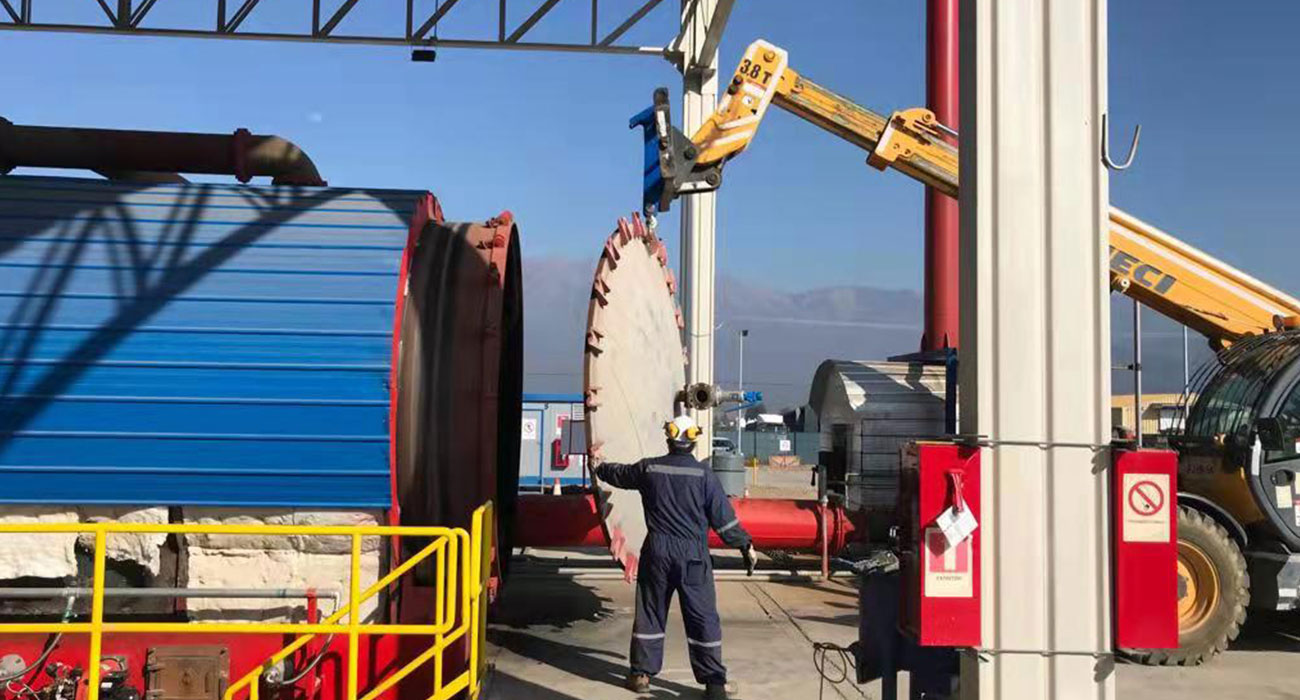How Does A Pyrolysis Plant Actually Work?
Pyrolysis is a process of chemically decomposing waste tires, rubber, plastics, and other kinds of solid waste at elevated temperatures in the absence of oxygen to produce fuel oil. The process takes place in a plant and usually occurs under pressure and at temperatures above 430°C (800°F).
The use of pyrolysis to recycle waste materials such as plastics, rubber, and tires ensures that they don’t find their way to landfills and oceans, which helps protect the environment. People that invest in pyrolysis plants (qué es una planta de pirolisis), on the other hand, can get huge profits from the fuel oil they create.

Planta de Reciclaje de Neumáticos en Chile
How Does a Pyrolysis Plant Work?
The following is a brief description of how a pyrolysis plant works:
Stage 1: Pre-Treatment
Pre-treatment is the first step of the process that’s aimed at improving the working efficiency. It involves cutting and drying the raw materials into small pieces. It may also involve removing steel wires if you’re working with waste tires. You can get a higher oil yield rate if the water content of the raw material is below 20 percent.
Stage 2: Feeding
The next step is to feed the raw material into the pyrolysis plant (venta de planta de pirólisis de neumáticos). You can use either a manual or automatic system for this. A manual feeding system can save your initial investment cost to some extent, while an automatic feeding system is much more effective overall and will save you time and labor cost.
Stage 3: Heating
Heating the reactor gently burns the raw materials that you have fed into the pyrolysis plant. It is crucial to converting the raw material into combustible fuel. Once the reactor is hot enough, the superheated raw material separates into two. The heavier liquified oil drops into a tank below while the lighter gas rises up into the condensation tank above.
Stage 4: Purification
The non-condensable gas that’s produced as part of the pyrolysis process is then purified. It undergoes a deducting and desulfurization process, which generally involves water washing, activated carbon absorption, ceramic ring absorption, etc. Purification is important to avoid leaving any residue in the reactor and condenser, since it may affect the next batch’s production.
Stage 5: Discharging
The reactor must be first cooled down before the next batch of fuel oil is produced (Beston Group). However, this must be done safely to ensure that those who operate the system are not injured. Typically, a water-cooling system is used, which uses water from the purification process, thus making the discharging system safe, energy-saving, and pollution free.
Final Thoughts
Environmental protection is our collective obligation as human beings on this planet. One of the best ways we can protect our environment is through recycling. Unfortunately, some waste materials such as old tires, plastics, rubber, etc. aren’t particularly easy to recycle.
Fortunately, through pyrolysis, it is possible to recycle these previously ‘recyclable’ materials. If you want to play your role in environmental protection and still earn a profit doing it, you should seriously consider investing in a pyrolysis plant (https://www.bestoneco.com/planta-de-pirolisis-en-mexico/) today. It will be the best investment that you ever make.
- The Rise in Popularity of the Mobile Biochar Machine
- The Lowest Pulp Molding Machine Price Available Today